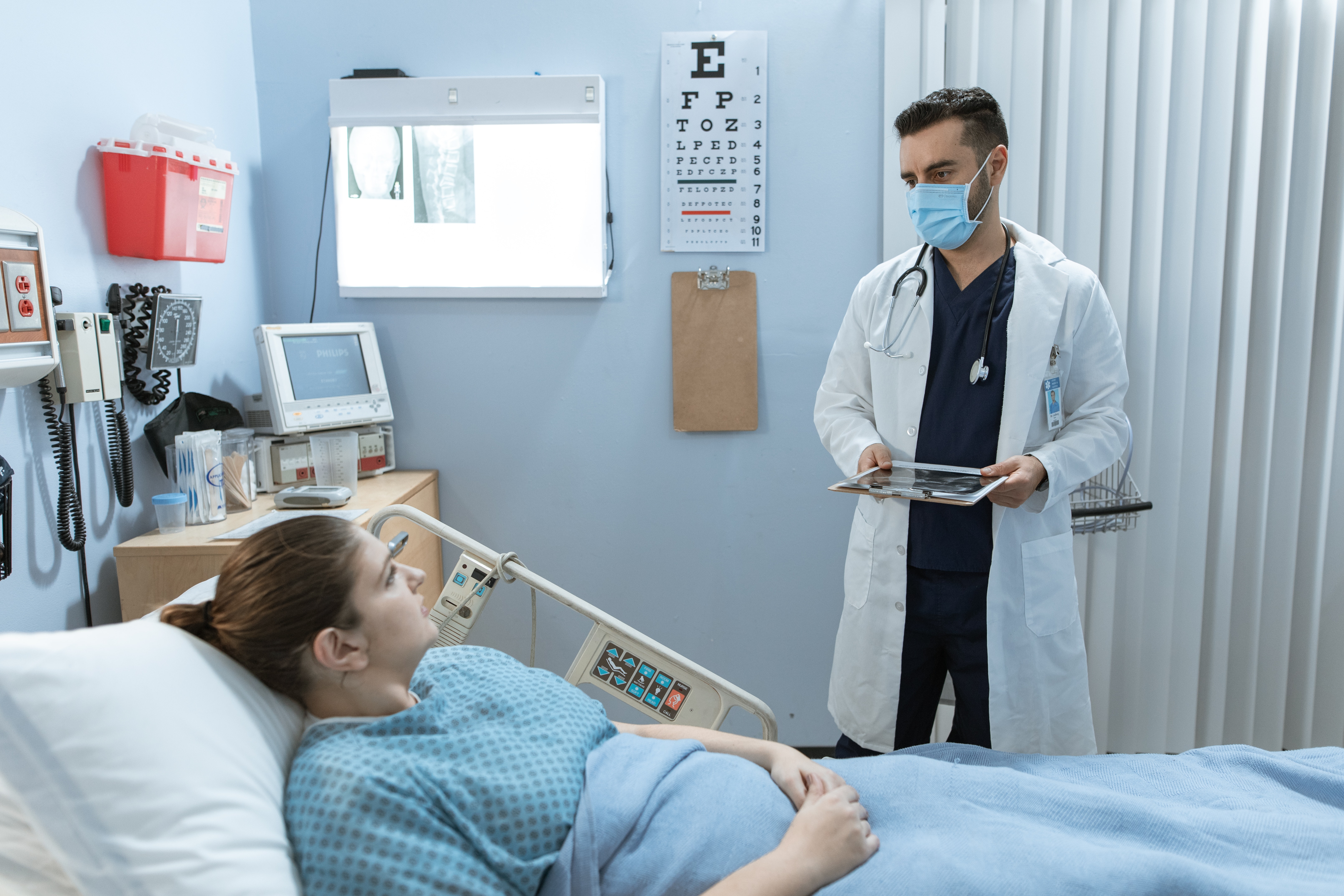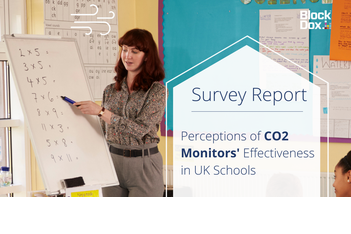Healthcare facilities are the backbone of a healthy society, providing much-needed care and life-saving services. However, any hospital manager would tell you keeping track of everything that’s happening in the hospital in real-time can be challenging. Software technologies that collect data are now at the forefront of innovation in healthcare, ensuring a high-quality environment, energy efficient spaces and smoother facilities operations. These solutions are so groundbreaking that they’re said to play an important part in the future of healthcare. Here’s why:
-
Seamless patient experience
Hospitals, and this is especially true for emergency rooms, frequently run into capacity issues. Overcrowded rooms can lead to faster spread of viruses and make patients dissatisfied with the experience. This is why knowing exactly how many people are waiting to be treated at any given time will help in making patients’ experience seamless; be it by expanding the waiting room, building an extra one or perhaps having more doctors on call on certain days. However these improvements can only be uncovered by collecting different data and interpreting them.

-
Energy efficiency with data
Operating 24/7 365 days a year, hospitals have always been large buildings consuming an significant amount of energy. Healthcare facilities in the UK spend an average of £600 million a year on energy bills which, as reported, they would prefer to re-invest into frontline public services (NHS report). This hefty cost could be halved with the help of an insight software that combines IoT, Machine learning and data analytics. Achieving energy efficiency in hospitals would not only be reflected in the bottom line but also in the positive impact this would make on the planet. At BlockDox we ensure that your energy consumption is matched to demand and that it doesn’t go unnecessarily wasted.
-
Safer premises
People go to the hospital to be treated, not to catch another virus during their visit. But with the considerable number of patients present in hospital facilities at one time, getting ill as a result of a hospital visit happens more often than we think. The current pandemic has shed light on this phenomenon as many frontline workers and patients caught covid at the hospital which resulted in a lot of disruption in the sector.
What’s worrying is that numerous airborne viruses are easily transmissible via tiny droplets or surfaces. Certain air components are also notorious to increase the risk of contamination. Knowing your indoor air quality composition and the root cause of regular infection sprees is therefore crucial. This would, undoubtedly, reassure staff and patients that the hospital is safe to visit . Once again, only unveiling your data and understanding their meaning would allow you to take actions.
We are currently working with Alder Hey children’s hospital, optimising their hospital operational service delivery and streamline their estate and facilities costs.
If you also need help with your air quality or operational efficiency, check out our healthcare solution here.












